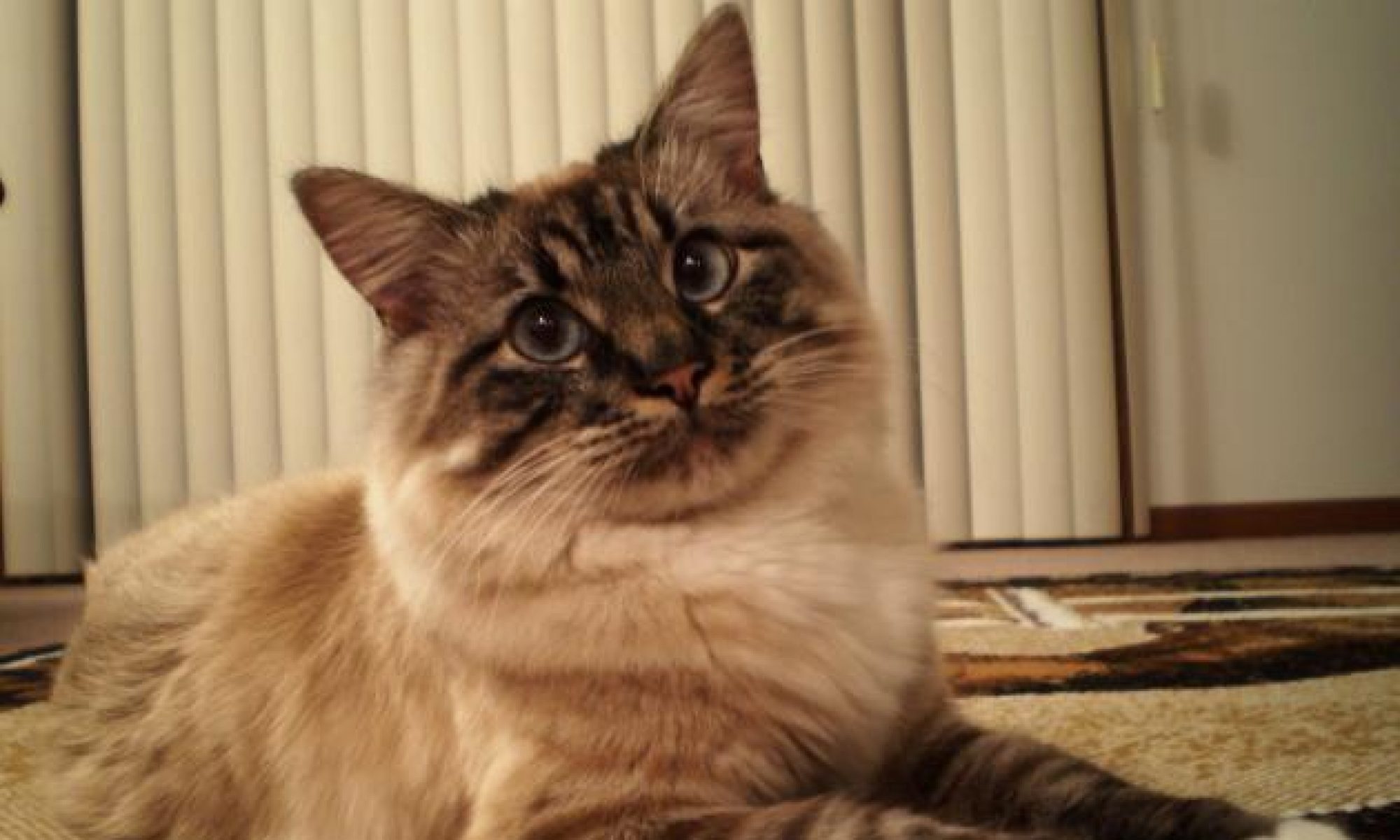Introduction
Mammary tumors are the most common type of tumor diagnosed in female rats. While these tumors can occur anywhere within mammary tissue, they are most commonly found in the armpit, abdomen, and groin area. Mammary tumors can occur in young rats but are typically diagnosed in rats over 18 months old. Mammary tumors can occur in male rats but are very rare.
Classification of Tumors
Mammary tumors can be divided into two groups, mammary fibroadenomas and mammary adenocarcinomas.
A mammary fibroadenoma is a benign mammary gland tumor. Fortunately, mammary fibroadenomas are more common than their malignant counterparts, mammary adenocarcinomas. Benign mammary tumors are fibrous, noninvasive, and movable when palpated. Benign mammary tumors can become detrimental to the rat’s health only if they are left untreated. If the tumor is not treated, it will continue to grow. The tumor can reach such a large size that it will interfere with the rat’s ability to move, groom itself, and even eat. The tumor can also ulcerate and bleed, which leads to anemia. The tumor can eventually undergo necrosis, or tissue death. When the tissue dies, toxins are released into the blood, and toxemia and septicemia (blood poisoning) can occur. Septicemia will cause organ failure which ultimately causes the rat to die.
A mammary adenocarcinoma is a malignant, or cancerous, mammary tumor. Malignant mammary tumors are not as common as benign tumors but are very invasive and difficult to treat. A malignant mammary tumor will feel much firmer and more attached than a benign tumor when it is palpated. Malignant tumors invade and damage surrounding organs. Damage to the organs causes them to fail and then causes the rat’s death. These tumors are also capable of metastasizing, or spreading to other parts of the body, but this rarely occurs in rats.
Causes
Age, diet, sex, genetics, and environment all play a role in the likelihood of tumor formation. High-fat diets and obesity are directly linked with the development of tumors.
The development and growth of mammary tumors is dependent on the concentration of receptors for the hormones estrogen and prolactin. It has been found that benign mammary tumor growth is caused by an increase in prolactin. Having your rat spayed by a veterinarian can decrease the levels of these hormones and prevent or reduce mammary tumor formation.
Older rats (>18 months) are more likely to develop mammary tumors. Estimates are that more than half of the female rat population will develop a mammary tumor by age 2 if unspayed.
Symptoms
• Decreased mobility
• Ulceration (bleeding) and necrosis (death) of tissue
• Increased appetite without weight gain
• Decreased appetite
• Weight loss
• Lethargy
Treatment
Benign mammary tumors are treated by surgical removal of the tumor by a veterinarian. These surgeries are typically very simple and are not stressful to the rat. Unfortunately, benign tumors have a high incidence of reoccurring.
Because malignant mammary tumors invade surrounding tissues and organs, they are often very difficult to remove. Often, the best alternative in consideration of the rat’s quality of life is humane euthanasia performed by a veterinarian.
Prevention
- Provide a nutritious diet, and control feed intake to prevent obesity. Choose a diet that is low in fat, calories, nitrates, and amines. Foods such as corn, lettuce, and radishes are high in nitrates and amines. Some studies have shown that feeding your rat certain vegetables (broccoli, cauliflower, Brussels sprouts, and others) may actively block formation of cancerous tumors.
- Spay female rats. Spaying significantly reduces risk of mammary and pituitary tumors and increases the lifespan of the rat.
- Have your veterinarian provide routine health checks, including palpating the body to detect tumors.
Lisa Karr-Lilienthal, Ph.D. & Kaycee Points – University of Nebraska-Lincoln

